Think your laundry is clean? Think again. Even if your towels smell fresh out of the dryer and your sheets look fine, they might still be holding on to layers of detergent, fabric softener, body oils, and minerals from hard water.
Over time, this invisible buildup makes fabrics stiff, dingy, and less absorbent.
That’s where laundry stripping comes in. It’s a viral cleaning hack that blew up on TikTok and Reddit because the results are both shocking and satisfying. The water turns murky brown as years of hidden gunk get pulled out.
However, beyond the viral videos, laundry stripping is actually a deep-cleaning method for fabrics that need refreshing.
In this guide, I will show you exactly how to strip towels and clothes, including the necessary ingredients, safe fabrics, and how to avoid common mistakes.
By the end, you’ll know whether it’s worth trying for your towels, sheets, and everyday clothes.
What is Laundry Stripping?
Laundry stripping is like a detox bath for your fabrics. It involves soaking laundry in a special solution that draws out residue your regular washing machine can’t handle.
Here’s why it’s needed:
- Detergent residue: Using too much detergent or the wrong type leaves buildup.
- Fabric softeners: These coat fibers with a waxy layer that traps dirt and reduces absorbency.
- Hard water minerals: Calcium and magnesium can cling to fabric, leaving it crunchy.
- Body oils and sweat: Especially in towels, bedding, and workout clothes.
The result is laundry that looks dull, smells musty, or doesn’t feel clean, even after washing. Stripping gives fabrics a second life by restoring softness and brightness.
Step-by-Step Guide to Laundry Stripping
Before going into the step-by-step process, let’s look at the simple ingredients and tools you’ll need to make laundry stripping effective.
Supplies You’ll Need
The basic recipe is straightforward, but each ingredient plays a crucial role in the overall outcome. Here’s what you need:
Here is how you can do laundry stripping:
1. Gather Supplies
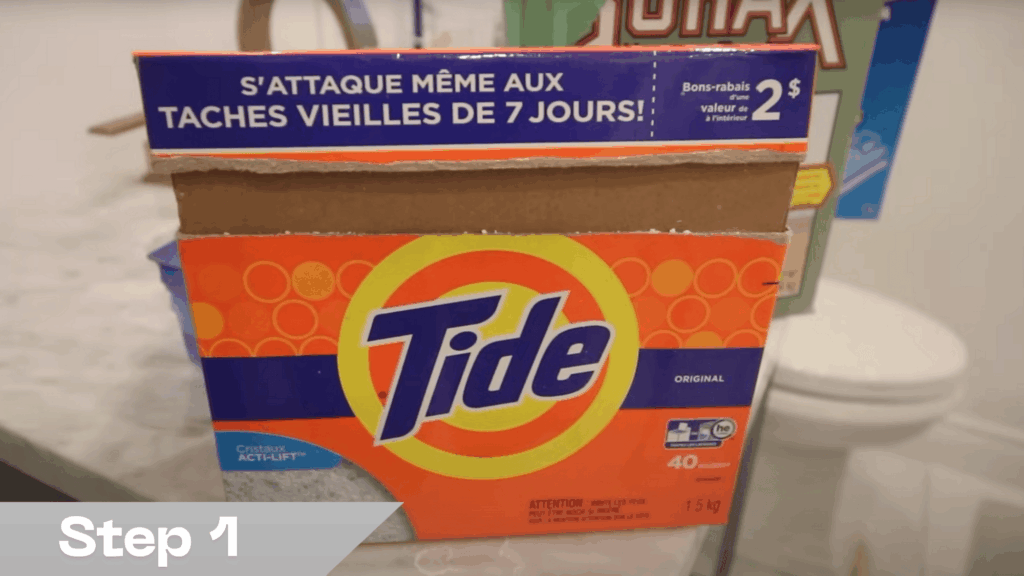
Begin by collecting plain powdered laundry detergent, borax, and washing soda.
These ingredients work synergistically to break down and remove detergent buildup, oils, sweat, and fabric softener residues from your clothes.
Having all supplies ready beforehand ensures a smooth and effective laundry stripping process when you start.
2. Prepare the Soaking Tub
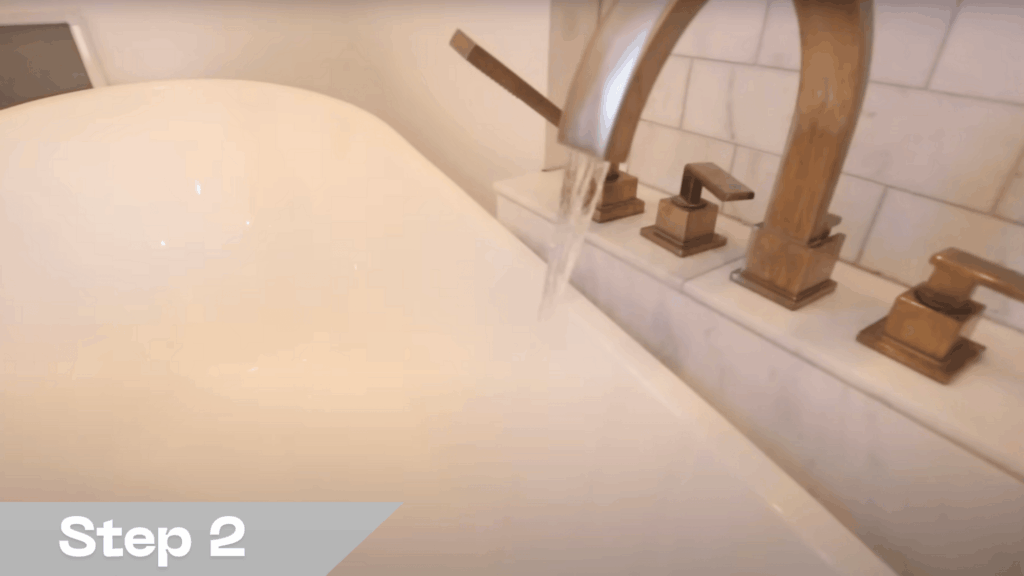
Fill a large tub, basin, or bathtub with the hottest water safe for your fabrics according to their care labels.
The heat allows the powders to dissolve fully and helps loosen grime embedded deep in fabric fibers, making the stripping more effective. Ensure the tub is clean to avoid introducing new residue.
3. Add Cleaning Agents
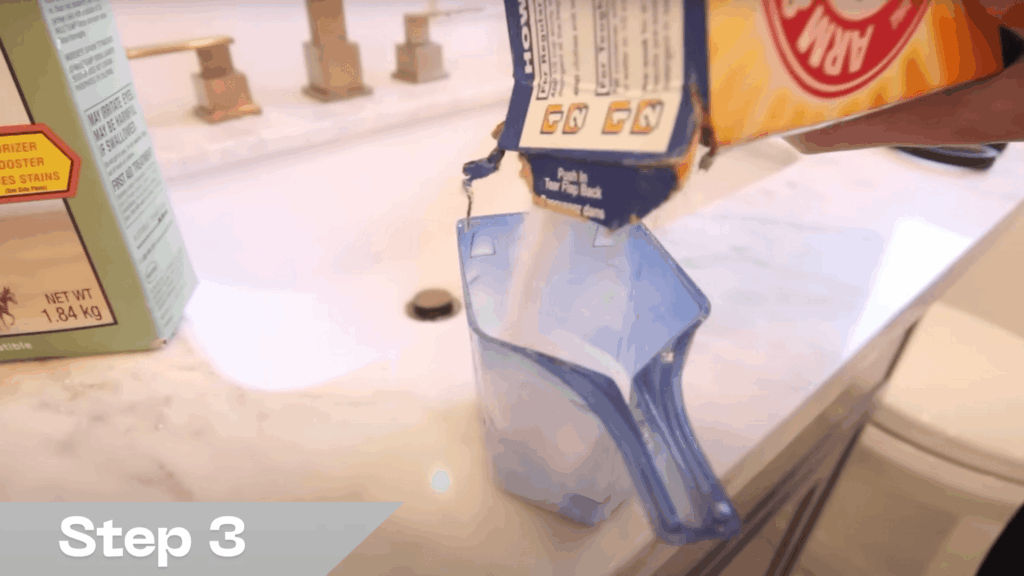
Measure and add approximately 1 cup of powdered detergent, ½ cup borax, and ½ cup washing soda to the hot water.
Stir well using a stick or spoon so the powders are completely dissolved and distributed evenly throughout the water, creating a powerful cleaning solution that penetrates fabric fibers for deep residue removal.
4. Add Laundry to Tub
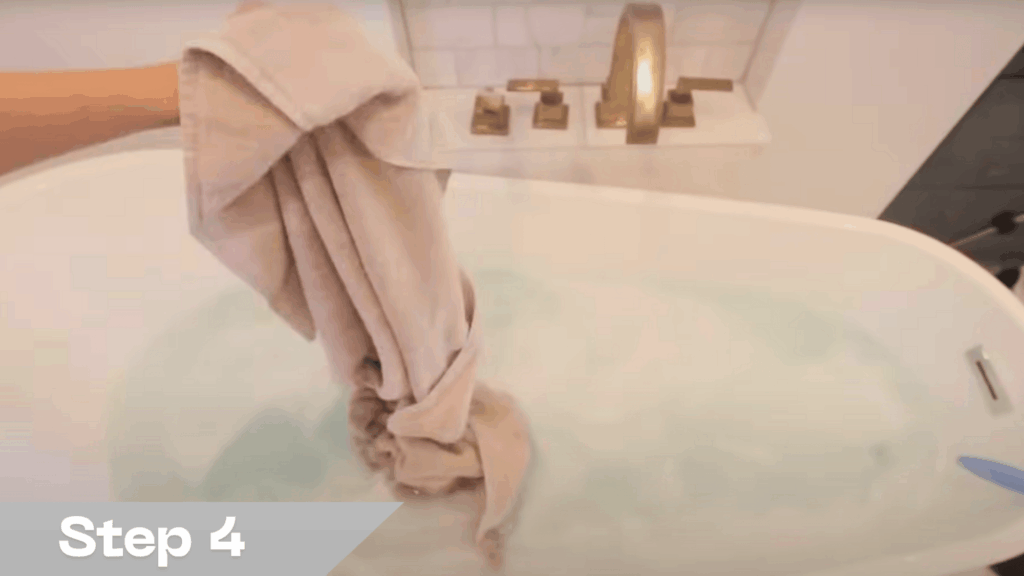
Place your laundry items, already washed but feeling grimy, into the solution. They can be wet or dry. Fully submerge all pieces and gently stir to ensure every fabric part is soaked.
It’s important to separate darks, lights, and whites to prevent color bleeding during stripping.
5. Soak and Stir Regularly
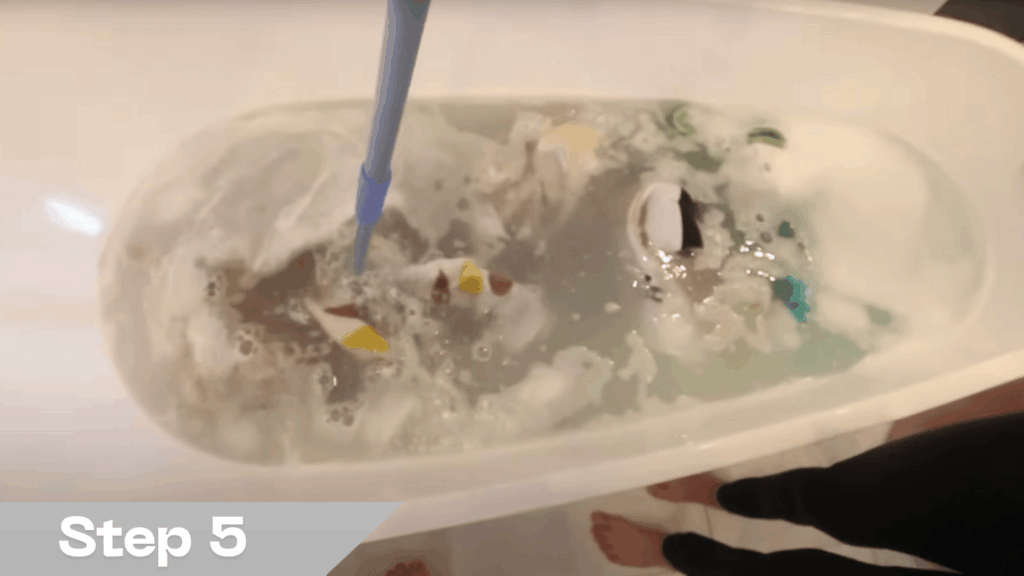
Allow the laundry to soak undisturbed for four to five hours. Every hour, stir or agitate the items to help the cleaning solution penetrate fibers thoroughly and to keep the residue suspended in water.
The water will turn murky or gray, showing the removal of dirt, detergent buildup, and oils.
6. Rinse in the Washing Machine
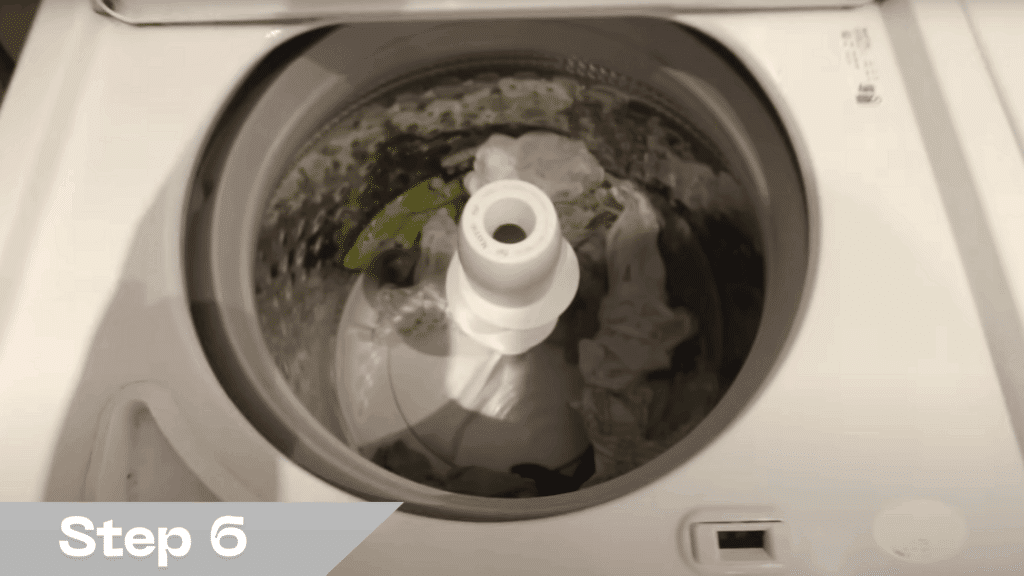
After soaking, wring out excess water by hand and transfer the clothes directly to the washing machine. Run a heavy-duty wash cycle with a double rinse, but do not add any detergent or fabric softener.
This step completely rinses away loosened residue without redepositing it on the fabric. After rinsing, tumble dry or air dry the clothes.
For a more in-depth guide, watch this tutorial by Jennifer Tryon:
Vinegar vs. Borax: Which Works Better?
One of the most common debates in laundry stripping is whether vinegar can replace Borax and washing soda. Here’s a breakdown:
| Method | Pros | Best For | Notes |
|---|---|---|---|
| Borax + Washing Soda | Stronger cleaning power; tackles stubborn buildup effectively | Heavy residue, hard water deposits, really dingy towels or sheets | The most common method in viral tutorials |
| Vinegar Method | Gentler and more natural; eco-friendly and safe for sensitive laundry | Whites, baby clothes, or fabrics that can’t handle harsher chemicals | Less powerful than the Borax/washing soda mix |
If you’re stripping heavily used items like towels, Borax and washing soda are your best bet. However, if you prefer a greener, milder option, vinegar is a suitable choice for lighter tasks.
How Often Should You Strip Laundry?
Laundry stripping should be done sparingly, as it’s a harsh cleaning method that can weaken fabrics over time. For light-use items like sheets and towels, washing them correctly, once or twice a year, is typically enough to refresh them (Maytag).
However, for heavily used items, such as gym towels or frequently used linens that accumulate detergent or fabric softener residue more quickly, stripping up to once a month may be reasonable (Better Homes & Gardens).
Experts caution against regular or frequent stripping, since repeated exposure to hot water and strong solutions can fade colors, break down fibers, and shorten fabric lifespan (Southern Living, Real Simple).
Instead, preventing buildup with proper detergent use and rinse cycles is a gentler long-term solution.
Alternatives and Preventive Care
If stripping feels like too much work, or you just don’t want to see that scary water, you can prevent buildup in the first place with these habits:
- Use Less Detergent: Most people use way more than needed. Check the cap and measure properly.
- Skip Fabric Softener: It leaves a coating that actually makes towels less absorbent.
- Wash in Hot Water When Possible: Heat dissolves oils and residue better than cold.
- Try Adding Baking Soda or Vinegar to Your Washes: Both help keep laundry fresh and reduce buildup.
- Clean Your Washer: Running a monthly cleaning cycle keeps residue from redepositing on clothes.
By following these habits, you might not need to strip laundry very often, or at all.
Final Thoughts
Laundry stripping is not just a trend. It’s a useful reset button for towels, sheets, and clothes that don’t feel clean anymore.
If you’ve made it this far, here are the three biggest takeaways I want you to remember:
Stripping lifts out years of residue, detergent, softener, body oils, and minerals that normal washes miss.
Use the right method for your laundry (Borax and washing soda for tough jobs, vinegar for gentler fabrics).
Don’t overdo it. Once or twice a year is enough for most fabrics, unless they see heavy use.
And here’s one last tip I recommend: Dry your towels completely before folding or storing them. Even slightly damp towels can trap mildew and smells, making all your hard work go to waste.
I’ve done this with my own towels, and I must admit, watching that dirty water swirl around is both gross and satisfying. But the best part? Fluffy, fresh laundry that finally feels truly clean.














